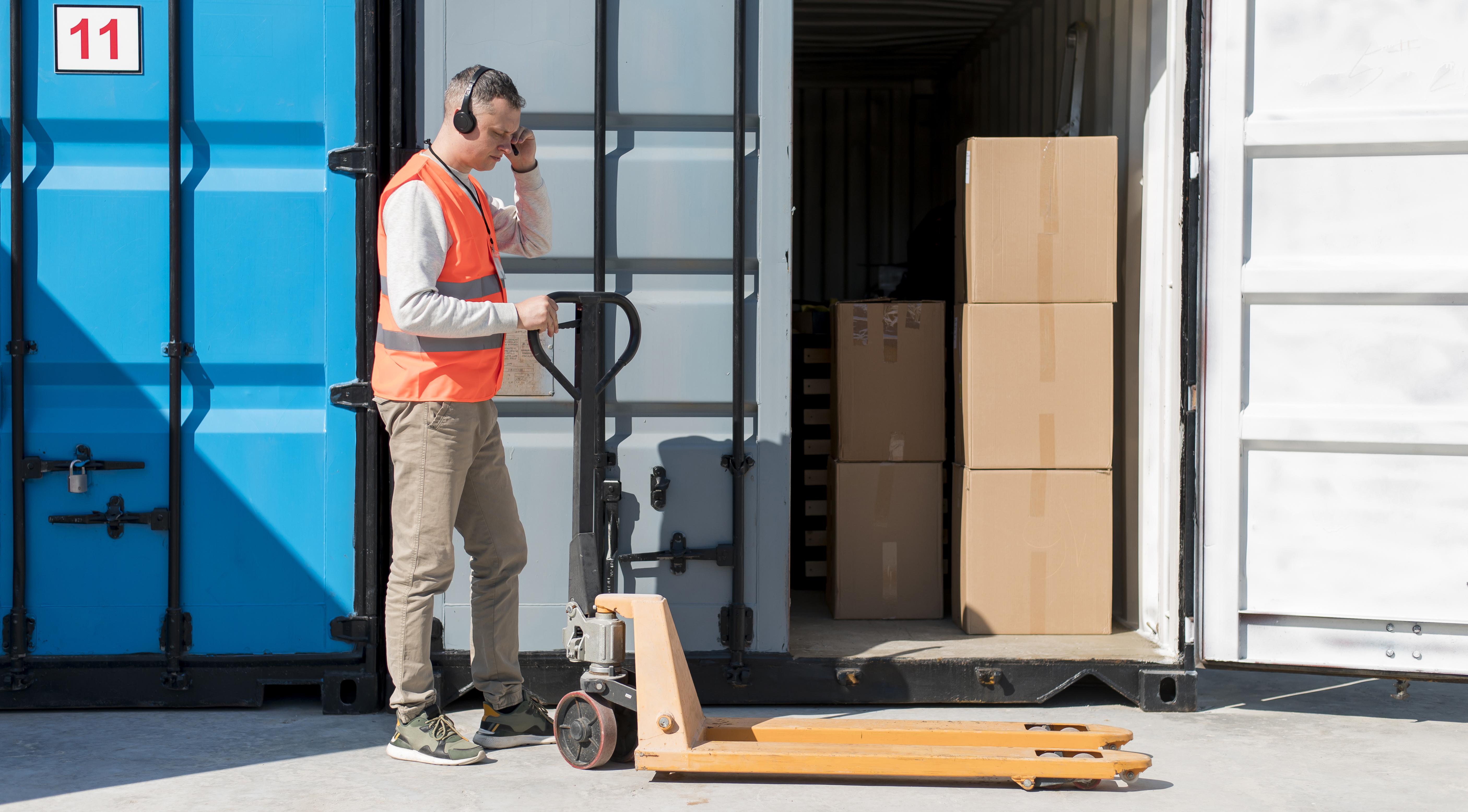1. Accurate Classification: The Key to HTS Codes
Precise product classification is the cornerstone. The use of Harmonized System (HS) codes becomes the common language in the customs world, and their proper use is critical. For example, the import of T-shirts (HS Code 6109) entails different tariff and regulatory implications than jeans (HS Code 6203). An error in classification can trigger costly sanctions and delays.
2. Rules of Origin and CAFTA-DR
To enjoy the benefits of trade agreements like CAFTA-DR, verifying rules of origin is an unavoidable stop. An example? Clothing production must comply with specific rules that determine whether a product is eligible for preferential tariffs. In other words, a certain percentage of the clothing must be made from materials originating in the CAFTA-DR region. This implies the need for rigorous monitoring and expert supply chain management.
3. Comprehensive Documentation: The Arduous Task of Certificates and Invoices
Proper document preparation and presentation are fundamental. An erroneous certificate of origin or incomplete commercial invoices can be costly. A revealing example is the issuance of accurate certificates of origin, such as the CAFTA-DR Certificate of Origin. A lapse can raise questions at U.S. customs and lead to the retention of goods.
4. Labeling and Consumer Regulations
U.S. consumer labeling and safety regulations are stringent. Labels must include specific information, such as the country of origin, fabric content, and care instructions. Non-compliance with these regulations can result in adverse consequences, such as sanctions and product confiscation.
5. Inspections and Quality Control: A Balancing Act
Random inspections and quality control are inevitable. Failures in quality standards can lead to customs detentions. An example is the failure to comply with flammability regulations in children's clothing, which could trigger a comprehensive inspection of all product batches.
6. Tariffs and Customs Duties: Calculating Costs Accurately
Understanding the tariff and duty structure is essential. Tariffs vary by product category, necessitating meticulous financial planning and knowledge of associated costs.
7. Professional Assistance: A Safer Path
Amid the complex web of customs challenges, do not underestimate the importance of experts. From customs brokers to international trade lawyers, their guidance can make the difference between success and failure.
Conclusion:
Exporting clothing to the United States offers significant opportunities, but the journey through the customs labyrinth is a challenge that requires skill and knowledge. For Central American SMEs, understanding and overcoming these challenges translate into a competitive advantage in the global market. Investment in education, resources, and strategic partnerships is essential to successfully navigate this exciting path of international trade.







Follow Us